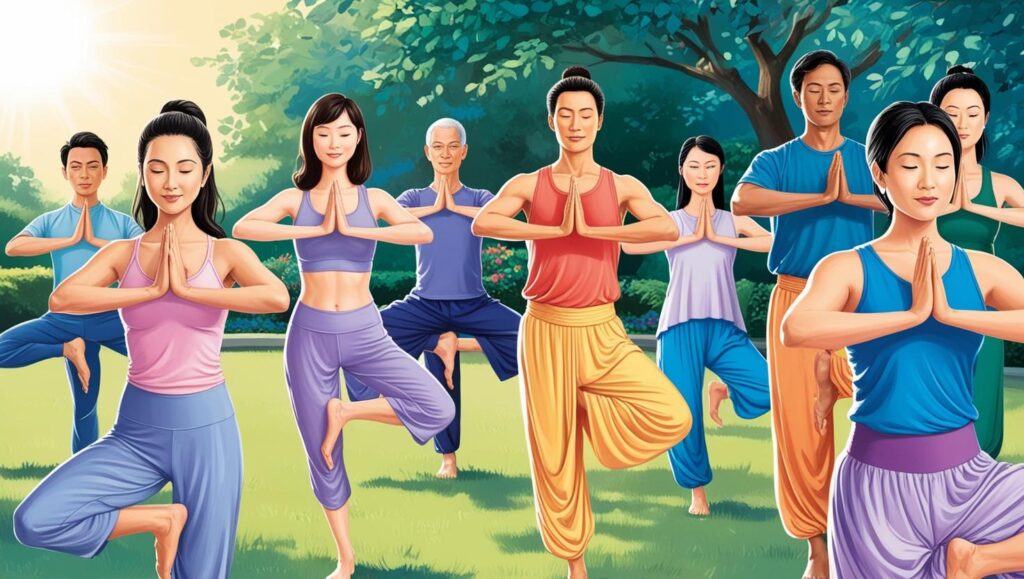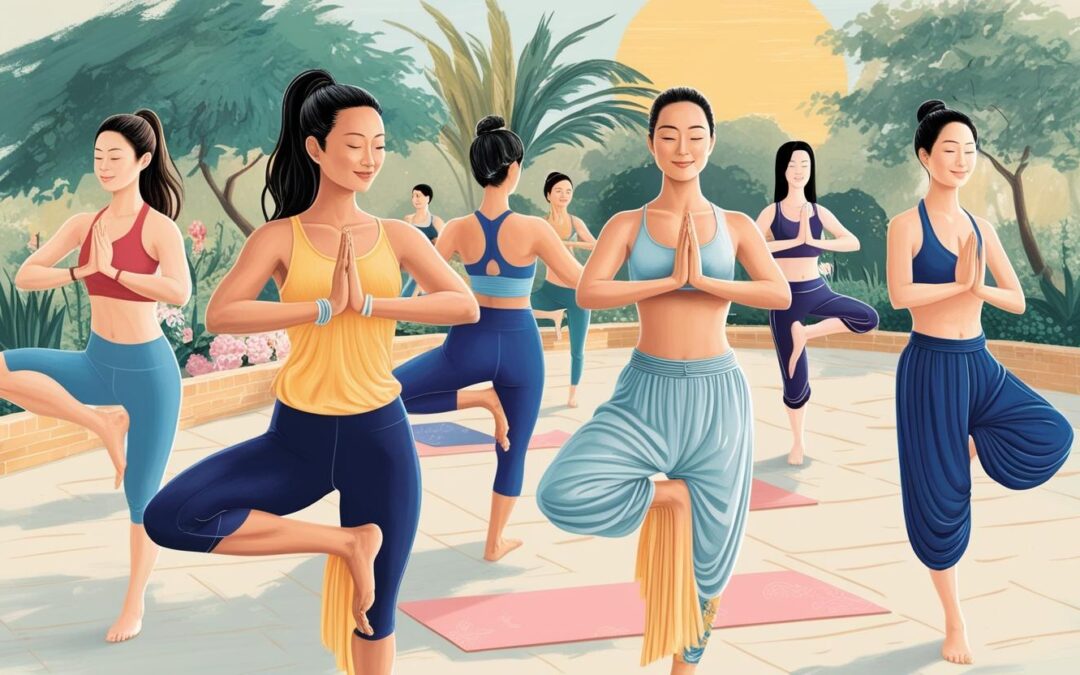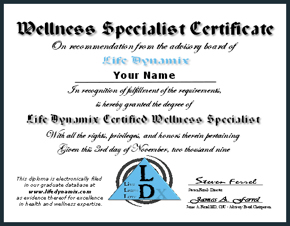Welcome to the world of Mindful Movement, the beautiful synergy of physical Movement and mental focus, where disciplines like yoga, Tai Chi, and Qigong reign supreme. Engaging your body and centering your mind transcends the conventional gym workout, helping you embrace a transformative journey of self-awareness. These ancient practices, steeped in tradition and enriched by science, facilitate spellbinding connections between the physical and the mental. So, get ready to explore your inner self deeply, allowing Mindful Movement to paint a breathtaking picture of harmony and balance in your life. After all, who doesn’t dream of striking the perfect equilibrium amidst the bustling rhythms of everyday life? So come along, let’s discover how to release stress, enhance vitality, and truly dance to the rhythm of mindfulness. Here’s to a happier you 🥂
Introduction to Mindful Movement
The Essence of Mindful Movement
Mindful Movement represents a unique blend of physical activity and mindfulness, creating a synergy that encourages well-being. This practice involves profoundly connecting to the movements of your body and the rhythms of your breath, grounding yourself in the present moment. Mediums such as yoga, Tai Chi, and Qigong are commonly used to embody this practice.
At its core, mindful Movement is about tapping into body awareness. It’s a process of tuning in and listening to your body in those moments of motion. This provides insights on a physical level and can lead to greater self-understanding and emotional balance, given the strong intrinsic connection between body and mind.
Benefits of Combining Movement with Mindfulness
Mental and Emotional Benefits
Incorporating mindfulness into physical activity brings a host of mental and emotional benefits. Mindful Movement has been shown to reduce stress and anxiety, improve mood, and increase self-esteem and happiness. During these exercises, you bring focused attention to your physical sensations, helping to clear your mind and decrease negative thought patterns.
You may find that practicing mindful Movement gives you a sense of emotional release. You might shed lingering tensions and worries as you deeply engage and honor your body’s strengths and limitations. This meditative focus on Movement can also foster a greater sense of calmness, encouraging a more mindful and positive perspective on daily challenges.
Physical Health Benefits
Meanwhile, mindful Movement yields substantial physical health benefits. Heightening body awareness promotes better posture and alignment, potentially reducing unnecessary muscular strain or risk of injuries. Keeping a presence in your Movement also enhances balance and flexibility, which are crucial to maintaining health and vitality as we age.
Further, mindful Movement involves routines that encourage deep and rhythmic breathing, which can improve lung capacity. With the brain requiring constant oxygen supply to operate effectively, such a practice can aid cognitive function and energy levels. Therefore, regular engagement in mindful Movement forms a robust pillar in any health and wellness routine.
Understanding Yoga as Mindful Movement
To delve into the journey of mindful Movement, we first turn to one of the most celebrated practices globally, yoga. Yoga is not merely a physical exercise; it’s a holistic approach that replenishes one’s mental and physical well-being. The beauty of yoga lies in its inclusivity, as it allows people of all ages, fitness levels, and abilities to engage effectively.
Yoga Practices for Enhancing Mindfulness
Yoga and mindfulness are two sides of the same coin, forging an intimate relationship through practice. They interact with each other to help one achieve greater self-awareness, peace, and a balanced consciousness.
Breath Awareness in Yoga
Breath awareness in yoga, often called pranayama, is a crucial aspect of mindful Movement. Since breathing is something we do naturally, bringing attention to this automatic function helps to still the mind and anchor us in the present moment. Simple practices such as lengthening the inhale and exhale or synchronizing breath with Movement can dramatically enhance mindfulness and improve the overall quality of the yoga experience.
Mindful Poses and Sequences
Honing mindfulness through yoga doesn’t compulsorily require complex poses. It begins with basic, mindful poses like Tadasana (Mountain Pose), Sukhasana (Easy Pose), or Balasana (Child’s Pose), all of which serve to foster self-awareness and presence. As your yoga practice progresses, so will your sequences’ complexity.
Yoga’s Impact on Mental Focus
Yoga’s impact on mental focus is profound. Regular practice helps cultivate a deep, inner calm that can improve decision-making, creativity, and even interpersonal relationships. The physical postures, combined with breath work, aid in decluttering the mind and sharpening mental abilities. This clarity not only fetches benefits on the yoga mat but also seeps into everyday life, making tasks more manageable and more enjoyable.
Ultimately, understanding yoga as a mindful movement involves recognizing and respecting its deep roots in self-awareness and spiritual growth. It’s not just about the poses but also the union of mind, body, and breath that enhances mindfulness.

Exploring Tai Chi as a Mindful Practice
Known for its slow, graceful movements, Tai Chi stands at the intersection of martial arts, physical exercise, and mindfulness. While its origin traces back to ancient China as a form of self-defense, its modern applications are vast, ranging from stress reduction to enhancing mental clarity.
Tai Chi Basics for Beginners
Embarking on your Tai Chi journey begins with understanding some essential basics. Traditionally, Tai Chi includes a series of postures strung together in a seamless, continuous motion known as a form. The movements are performed slowly and deliberately, with a strong focus on breath control. Don’t get too caught up in achieving the perfect form as a beginner. Instead, focus on connecting your mind and body and staying in the present moment.
Mindful Movements in Tai Chi
Flow and Coordination
Incorporating mindfulness into your Tai Chi practice goes beyond mere physical exercise. Each Movement should flow smoothly into the next, promoting a sense of continuity and coordination. As you navigate through the Tai Chi forms, keep your attention anchored in each Movement, tuning into how your body feels and how it responds to each posture.
Cultivating Inner Balance
Tai Chi is often referred to as ‘meditation in motion‘. One of its key principles revolves around cultivating inner balance. This is the physical balance that comes from shifting your weight from one leg to another and the emotional and mental balance you achieve by staying fully present in each moment, irrespective of external circumstances.
Benefits of Tai Chi for Mental Clarity
Studies have shown that regular practice of Tai Chi can provide a range of mental benefits, including better mood and lower levels of depression, stress, and anxiety. By focusing on maintaining body postures and coordinating them with breathing, Tai Chi helps develop a sharp focus, thereby enhancing mental clarity. Whether you’re beginning your Tai Chi journey or already months into practice, remember to keep the essence of mindful Movement as your guiding principle.The path to mental clarity through Tai Chi is a graceful, balanced, and, indeed, mindful one.
Qigong: Harmonizing Mind and Body
Qigong is a centuries-old art form that has its roots in traditional Chinese medicine, martial arts, and philosophy. It is a powerful healing and energy medicine system, composed of breathing, concentration, and movement exercises.
Introduction to Qigong Practices
Qigong (pronounced “chee-gong”) is an ancient Chinese practice characterized by rhythmic Movement, conscious breath control, gentle, flowing movements, meditation, and a philosophic approach to health. The Chinese word Qigong can be translated loosely as “the skill of attracting vital energy” or ‘life force.’
Qigong practices are generally simple to learn and gentle on the body, making them accessible to individuals of all age groups and physical abilities 🧘♂️.
Key Elements of Mindful Qigong
Mindful Qigong practices focus on harnessing the body’s innate energy, aligning it with the mind and spirit, to promoteoverall wellness and harmony.
Energy Flow and Awareness
Energy flow and awareness are at the heart of mindful Qigong. Through various postures, movements, and breathing, Qigong practices encourage the flow of ‘Qi‘, energy, along what are traditionally known as meridians, or energy channels in the body.
Awareness of one’s energy flow enhances the connection between body and mind, fostering a sense of inner tranquility and balance.
Integrating Breath and Movement
Breath is considered the bridge connecting the body and the mind, so it plays a crucial role in Mindful Qigong practices. The practice emphasizes deep, slow, and conscious breathing. This, combined with the gentle movements of Qigong, creates a dynamic system of exercise that promotes circulation, balance, flexibility, and strength.
By integrating breath and Movement, Qigong practice cultivates a meditative state where the mind, body, and spirit can heal and thrive.
Mental Benefits of Practicing Qigong
Practicing Qigong is beneficial not only for your physical health but also your mental well-being. It helps manage stress by promoting relaxation, boosting energy, and enhancing clarity and focus. Many practitioners also report improved sleep quality and an overall sense of wellness. Regular Qigong practice can offer profound mental benefits, contributing to improved mood, reduced anxiety, and greater emotional resilience.
In essence, Qigong is a powerful yet gentle, mindful movement practice that integrates physical postures, breathing, and focused intention. It’s an excellent way to harmonize mind and body, cultivate well-being, and navigate the world with tranquility and poise.
Choosing the Right Mindful Movement Practice
When it comes to choosing the right mindful movement practice, there are several factors to consider. We need to recognize that each individual is unique and that each form of practice—be it yoga, Tai Chi, or Qigong—offers different benefits and plays to different strengths.
Factors to Consider
While numerous factors could influence your choice of mindful movement practice, they can broadly be categorized into two key areas—your personal goals and preferences, and your physical condition and abilities.
Personal Goals and Preferences
Before choosing a mindful movement practice, it’s essential to understand what you’re hoping to gain from the practice. Are you seeking enhanced focus, improved physical flexibility, or greater peace of mind? Additionally, consider your personal preferences. Some might find the calm and gentle movements of Tai Chi particularly appealing, while others might enjoy the challenge and strength-building aspects of yoga.
Physical Condition and Abilities
Your current physical condition and abilities can also significantly influence your choice of mindful movement practice. Does the method require flexibility, balance, or strength that may be challenging for you? It’s crucial to choose a practice that complements your physical abilities while providing room to grow and improve.
The beauty of mindfulness practices is that they often offer low-impact options and can be adapted to suit people of varying physical conditions, making them accessible to nearly everyone.
Combining Practices for Holistic Well-being
Once you’ve considered your personal goals, preferences, and physical conditions, you might find it beneficial to combinepractices for holistic well-being. For instance, yoga can enhance your flexibility and strength, Tai Chi can promote balance and relaxation, and Qigong can foster energy awareness and calmness. By integrating diverse practices into your routine, you can address a broader range of emotional, mental, and physical wellness aspects.
Choosing the proper mindful movement practice for you involves self-exploration and understanding. It is a personal journey that can lead to profound benefits and a more balanced, harmonious life. Dive in, explore, and find what most resonates with you 🧘♀️.





